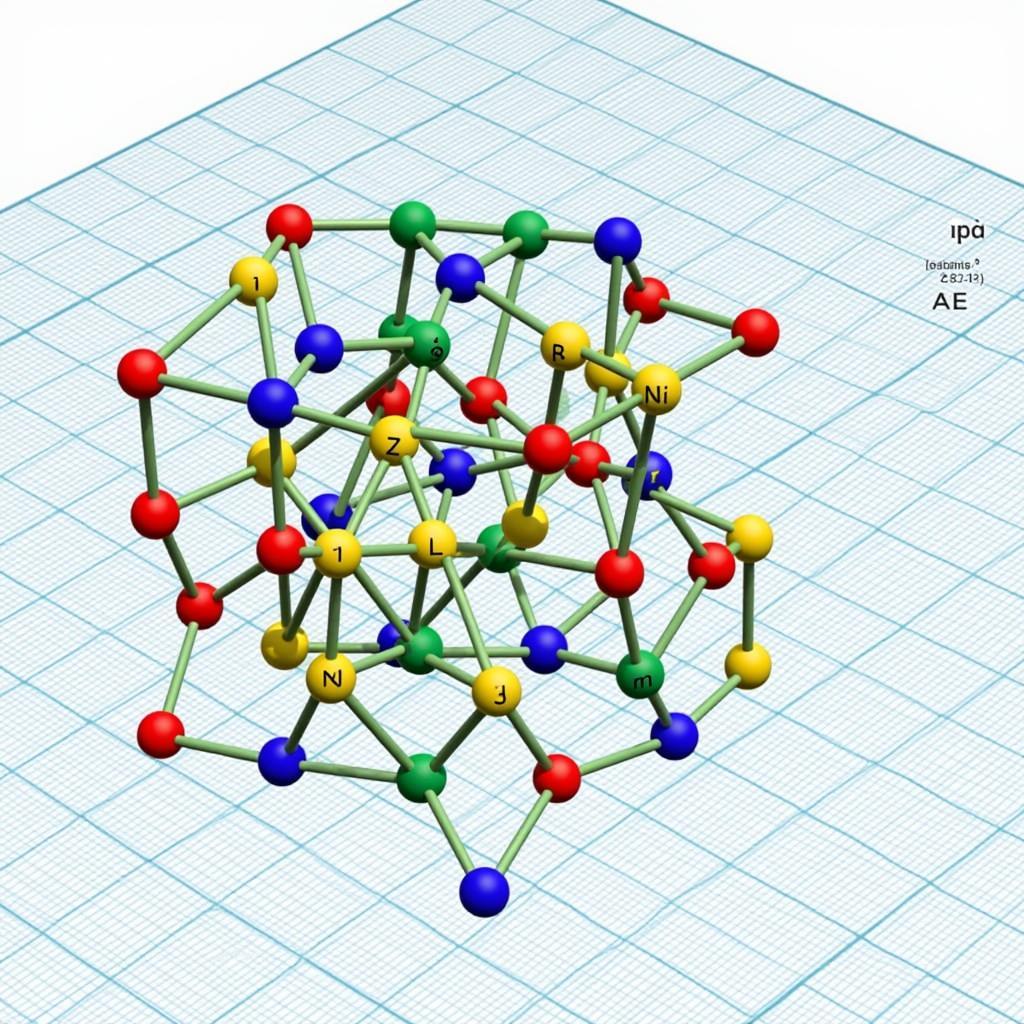The ASEAN Summit of 2009, often referred to as Ase 2009, marked a significant turning point in the regional bloc’s history. Held in Thailand, the summit saw member states grapple with a complex array of challenges, from economic instability to human rights concerns, and laid the groundwork for future cooperation. This article will delve into the key events, outcomes, and lasting impact of ASE 2009.
The 14th ASEAN Summit, hosted in Cha-am Hua Hin, Thailand, unfolded against the backdrop of the global financial crisis. The impact of the crisis on Southeast Asian economies was a dominant theme of the discussions, prompting leaders to strategize on mitigating the fallout and fostering regional economic resilience. Beyond the immediate economic concerns, ASE 2009 also addressed crucial issues such as climate change, food security, and the ongoing development of the ASEAN Charter. The summit served as a platform for member states to reaffirm their commitment to regional integration and to chart a course for collective action.
Navigating the Global Financial Crisis: Key Discussions at ASE 2009
A major focus of ASE 2009 was the global financial crisis and its impact on the ASEAN region. Leaders engaged in intense deliberations on strategies to stabilize their economies and mitigate the risks of further financial turmoil. They explored ways to enhance financial cooperation and coordination within the bloc, including measures to strengthen regional surveillance mechanisms and develop early warning systems for financial instability. The discussions also touched upon the need for fiscal stimulus packages and structural reforms to support economic recovery. ASE 2009 saw ASEAN reaffirm its commitment to open markets and regional economic integration as key tools for weathering the economic storm. The 2009 ase summit solidified the bloc’s collective resolve to navigate the crisis together.
Strengthening ASEAN’s Foundation: The ASEAN Charter and Beyond
The implementation of the ASEAN Charter, which had entered into force the previous year, was another significant topic of discussion at ASE 2009. The charter aimed to transform ASEAN into a more rules-based and legally binding organization, enhancing its effectiveness and credibility on the global stage. Leaders reviewed the progress made in implementing the charter’s provisions and discussed ways to further strengthen ASEAN institutions and mechanisms. Furthermore, the summit also underscored the importance of advancing other key initiatives, such as the ASEAN Economic Community blueprint, to promote regional integration and connectivity.
From Economic Resilience to Human Rights: Broader Issues at ASE 2009
Beyond the immediate economic concerns, ASE 2009 also addressed a range of other critical issues facing the region. Discussions on climate change focused on the need for collective action to mitigate its impacts and promote sustainable development. Food security also emerged as a key priority, with leaders emphasizing the need for regional cooperation to ensure food availability and affordability. Furthermore, the summit witnessed discussions on human rights, including the establishment of the ASEAN Intergovernmental Commission on Human Rights (AICHR). You can read more about the ano ang layunin ng asean human rights commission on our website. The summit also addressed the importance of strengthening regional security cooperation to address transnational crime, terrorism, and other security challenges. The asean abl was one of the key agreements mentioned during the summit.
A Vision for the Future: The Outcomes and Legacy of ASE 2009
ASE 2009 resulted in several key outcomes that shaped the trajectory of ASEAN cooperation. The Cha-am Hua Hin Declaration on ASEAN Economic Community, adopted at the summit, reaffirmed the commitment to establishing the AEC by 2015. The declaration outlined key measures to accelerate economic integration, including the removal of trade barriers, the harmonization of regulations, and the facilitation of cross-border investment. The summit also saw the adoption of the ASEAN Leaders’ Statement on Joint Response to Global Economic and Financial Crisis, which outlined a coordinated regional approach to addressing the economic downturn. Dr. Maria Theresa Cruz, a prominent Southeast Asian economist, remarked, “ASE 2009 was a crucial moment for ASEAN. It demonstrated the bloc’s capacity to respond collectively to a major global crisis.”
In conclusion, ASE 2009 was a pivotal moment for ASEAN. The summit demonstrated the bloc’s resolve to address the global financial crisis, advance regional integration, and tackle broader challenges such as climate change and human rights. The ase 2009 prosthetic valve may seem like an unusual topic, but it represents the diverse range of discussions and collaborations happening within ASEAN. The outcomes of ASE 2009 laid the foundation for further progress in building a more resilient, integrated, and prosperous ASEAN community. The ase plant 2 discussion is another example of the comprehensive approach of ASEAN in addressing various sectors.
Need assistance? Contact us at Phone: 0369020373, Email: [email protected], or visit our office at Thon Ngoc Lien, Hiep Hoa, Bac Giang, Vietnam. Our customer service team is available 24/7.


